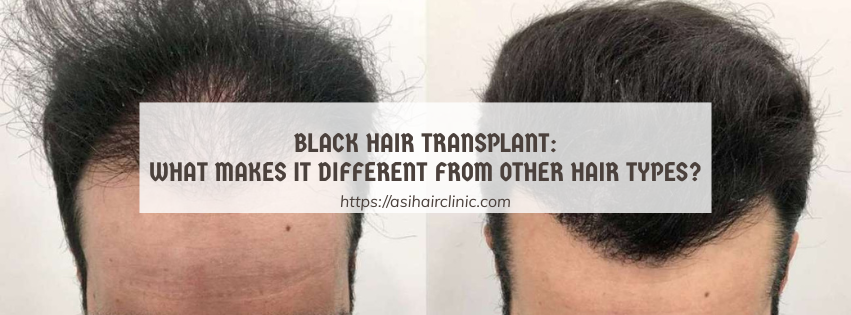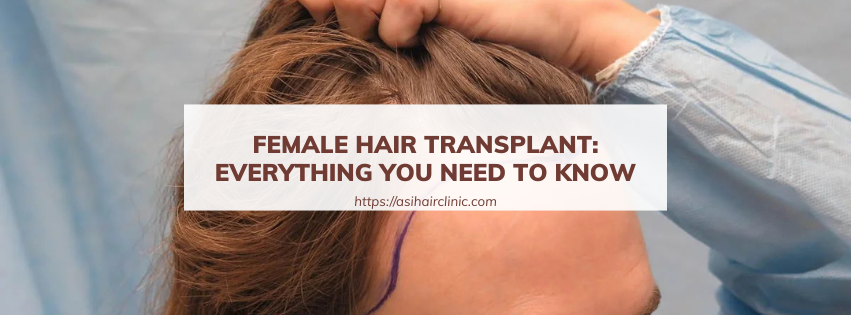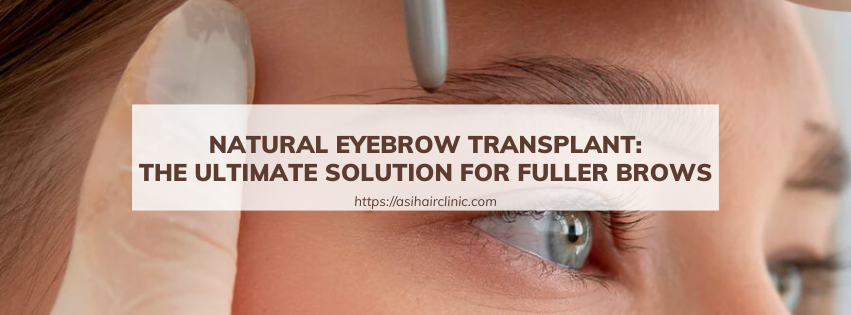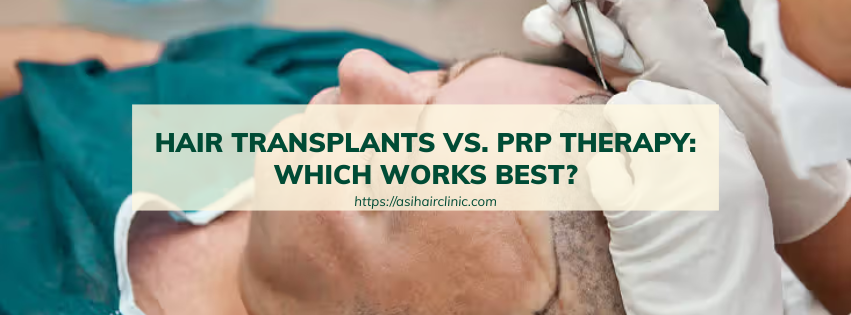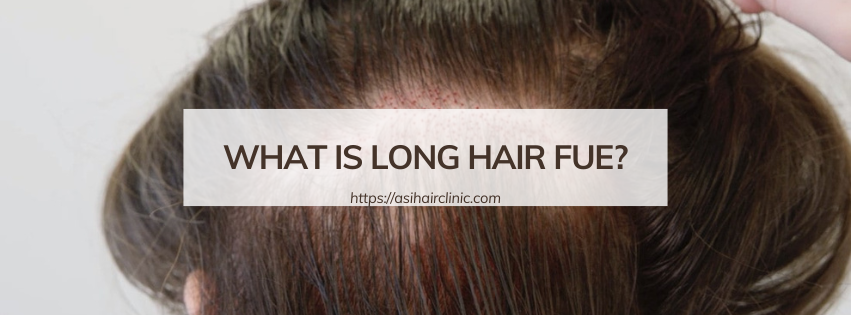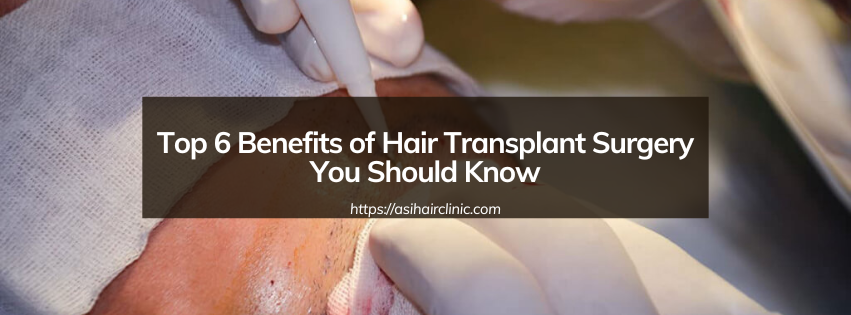What are Illnesses That Cause Hair Loss in Females?
Hair loss in females can often feel like a personal battle, one marked by insecurity and distress. Unlike the more commonly discussed male pattern baldness, women's hair loss presents itself in diverse forms, each linked to a multitude of underlying causes. This article explores the complexities surrounding hair loss in women, focusing on various illnesses that contribute to this issue. We will delve into the mechanisms behind these conditions, their symptoms, and potential treatment options.
1. Understanding the Hair Growth Cycle
Before we dive deeper into the medical conditions associated with hair loss in females, it's vital to understand the hair growth cycle. The hair growth process consists of three distinct phases: Anagen, Catagen, and Telogen.
1.1. The Anagen Phase
The Anagen phase is often considered the most critical part of the hair growth cycle. This active phase lasts between two to seven years, during which hair follicles produce new hair. In this phase, hair grows approximately half an inch per month, and the health of the scalp plays a significant role in determining the quality and strength of the hair.
Hair that remains in the Anagen phase longer tends to be thicker and healthier, while any disruption can lead to premature shedding. Factors such as nutrition, hormonal levels, and overall health can significantly affect how long hair stays in this growth phase.
1.2. The Catagen Phase
Following the Anagen phase is the Catagen phase, a transitional stage that typically lasts for about two to three weeks. During this time, hair growth slows down dramatically, and the hair follicle begins shrinking. This shrinkage leads to a detachment from the dermal papilla, the structure that nourishes the hair.
This phase serves a critical function. It prepares the hair for shedding, ensuring that the body can make way for new hair to grow. However, if the transition to the Catagen phase occurs prematurely or is disrupted, it can lead to excessive hair thinning.
1.3. The Telogen Phase
Finally, we arrive at the Telogen phase, which is characterized by rest. This phase lasts about three months, during which hair follicles remain dormant. At the end of this period, old hairs shed, making room for new hair to emerge from the follicles still in the Anagen phase.
An imbalance in any of these phases—particularly if too many hairs shift into the Telogen phase simultaneously—can trigger noticeable hair loss. Understanding this cycle is essential for recognizing the potential impact of different illnesses on hair growth.
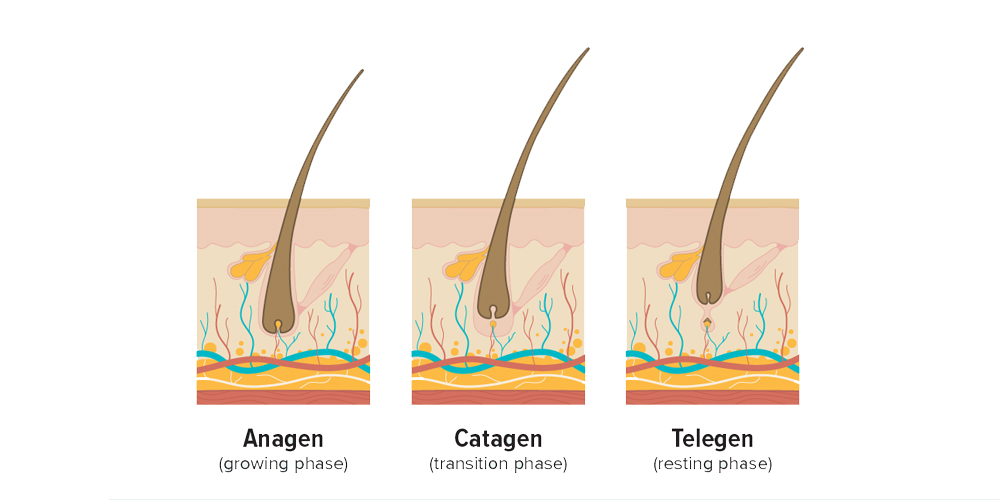
2. Types of Hair Loss in Females
Hair loss in women can manifest in several forms, each presenting its unique characteristics and causes. Recognizing these types is crucial for determining the underlying conditions contributing to hair loss.
2.1. Androgenetic Alopecia
Androgenetic alopecia, or female pattern hair loss, is the most prevalent type of hair loss among women. It usually manifests as gradual thinning on the crown and along the parting line, distinctly resembling a Christmas tree pattern where the severity increases over time.
One of the primary drivers of androgenetic alopecia is genetic predisposition, leading to a sensitivity to androgens—male hormones that also exist in females. Over time, hair follicles shrink, producing thinner strands until they eventually stop growing altogether. This condition may profoundly affect a woman's self-image, making early detection and intervention crucial.
2.2. Telogen Effluvium
Telogen effluvium is a condition marked by excessive hair shedding due to disruptions in the normal hair growth cycle. This condition can be triggered by various stressors, including physical stress from surgery or illness, emotional stress, hormonal fluctuations, or significant life changes.
Individuals typically notice hair loss two to three months after the triggering event, making it challenging to establish a clear linkage. Although the shedding can be alarming, the good news is that telogen effluvium often resolves on its own once the underlying cause is addressed.
2.3. Alopecia Areata
Alopecia areata is an autoimmune disorder known for causing patchy hair loss on the scalp, eyebrows, and other regions of the body. In this case, the body’s immune system mistakenly attacks hair follicles, inhibiting hair growth and resulting in circular bald patches.
While the exact cause of alopecia areata remains unclear, factors such as family history and environmental triggers are believed to play a role. Though there is no guaranteed cure, various treatments aim to stimulate regrowth and manage symptoms.
2.4. Trichotillomania
Trichotillomania is a psychological condition characterized by compulsive hair pulling, leading to noticeable bald spots. Often regarded as a coping mechanism to deal with anxiety or emotional distress, this behavior can further exacerbate feelings of shame and isolation.
Understanding trichotillomania as a complex mental health issue is essential for effective treatment. Behavioral therapies aimed at addressing the root causes and triggers can help individuals manage this condition and reduce hair loss.
2.5. Traction Alopecia
Unlike other forms of hair loss that stem from internal factors, traction alopecia arises primarily from external forces—specifically, tight hairstyles that pull on the hair follicles. Common culprits include braids, weaves, ponytails, and extensions.
Consistent tension on the hair can cause inflammation and damage to the follicles, potentially leading to permanent hair loss if the practice continues unchecked. Women should be mindful of the styles they choose, opting for looser, less damaging alternatives to preserve their hair's health.

3. Hormonal Imbalances and Their Impact on Hair Loss
Hormonal imbalances are among the most common contributors to hair loss in females, affecting everything from the hair growth cycle to nutrient absorption. Conditions such as hypothyroidism, polycystic ovary syndrome (PCOS), menopause, and pregnancy introduce fluctuations in hormone levels, ultimately impacting hair health.
3.1. Hypothyroidism
Hypothyroidism, an underactive thyroid condition, leads to a decrease in thyroid hormone production. These hormones play an essential role in regulating metabolism and energy levels, but their deficiency can have far-reaching effects, including hair growth inhibition.
Symptoms of hypothyroidism often extend beyond hair loss; fatigue, weight gain, dry skin, and cold intolerance are common complaints. When left untreated, this condition can result in extensive thinning across the scalp, exacerbating existing insecurities. Addressing hypothyroidism through medication often leads to improved hair health as hormone levels stabilize.
3.2. Polycystic Ovary Syndrome (PCOS)
Polycystic ovary syndrome (PCOS) is another hormonal disorder that can have profound implications for hair health. Characterized by increased androgen levels, PCOS can lead to hair thinning on the scalp while simultaneously promoting unwanted hair growth in other areas of the body, such as the face.
Women with PCOS may experience irregular menstrual cycles, acne, and weight gain, all of which further complicate the condition. Treatment focuses on managing symptoms and restoring hormonal balance, often through lifestyle changes, medication, or hormonal therapies. The holistic approach can yield improvements not only in hair health but overall well-being.
3.3. Menopause and Pregnancy
Menopause introduces another significant hormonal shift, with decreased estrogen levels marking the transition. For many women, this decline correlates with hair thinning and increased shedding. The hormonal fluctuations experienced during menopause can lead to heightened sensitivity of hair follicles to androgens, contributing to hair loss.
Similarly, hormonal changes during pregnancy can also affect hair health. While many women experience lush hair growth due to increased hormone levels, postpartum hormonal shifts often result in excessive shedding. Postpartum shedding typically subsides within a few months, but understanding this cycle can alleviate the emotional burden that accompanies unexpected hair loss.
4. Nutritional Deficiencies and Their Role in Hair Loss
Nutritional deficiencies can have drastic consequences on hair health, leading to thinning and shedding. Key nutrients, including iron, protein, and biotin, play crucial roles in maintaining robust hair growth. Recognizing and addressing these deficiencies through dietary adjustments can significantly enhance overall hair vitality.
4.1. Iron Deficiency Anemia
Iron is vital for transporting oxygen to cells throughout the body, including hair follicles. Without sufficient iron, hair growth can become stunted, resulting in thinning and shedding. Iron deficiency anemia is particularly prevalent among women, often stemming from menstruation, dietary insufficiencies, or pregnancy.
Symptoms of iron deficiency anemia can include fatigue, weakness, and pale skin in addition to hair loss, prompting a need for immediate dietary intervention. Foods rich in iron, such as leafy greens, legumes, and red meat, can help replenish stores, while supplements may be necessary in severe cases. Engaging a healthcare provider to monitor levels is advisable for optimal results.

4.2. Protein Deficiency
As hair is primarily composed of protein, insufficient intake can have cascading effects on hair growth. Protein deficiency impairs the body's ability to produce keratin—the building block of hair—resulting in brittle strands that may break easily.
To support healthy hair growth, incorporating high-quality protein sources into your diet is recommended. Options include lean meats, fish, eggs, dairy, nuts, and legumes. Adequate protein intake not only benefits hair but overall health, signaling a comprehensive approach toward wellness.
4.3. Biotin Deficiency
Biotin, a member of the B-vitamin family, is another crucial nutrient for hair health. Often referred to as "hair vitamin," biotin plays a vital role in keratin production and can prevent brittleness and thinning when present in adequate amounts.
While biotin deficiency is relatively rare, certain conditions such as prolonged antibiotic use or digestive disorders can lead to inadequate absorption. Incorporating biotin-rich foods such as eggs, nuts, and whole grains into one's diet can promote stronger hair. Additionally, biotin supplements are widely available, offering a convenient option for those seeking to bolster hair health.
5. Autoimmune Disorders and Their Connection to Hair Loss
Autoimmune disorders pose unique challenges in understanding hair loss in females. Conditions such as lupus, scleroderma, and scleromyxedema can directly attack hair follicles, leading to significant thinning and patchiness.
5.1. Lupus
Lupus is a systemic autoimmune disease characterized by the body’s immune system attacking its tissues. One of the manifestations of lupus can be hair loss, which occurs as a result of inflammation of the hair follicles. This inflammation disrupts the hair growth cycle and can lead to chronic shedding.
In addition to hair loss, lupus can present a myriad of other symptoms, making diagnosis and management challenging. Those diagnosed with lupus must engage in a comprehensive treatment plan that includes immunosuppressants to manage symptoms and reduce inflammation, thereby improving hair health.
5.2. Scleroderma
Scleroderma is another autoimmune condition that affects connective tissues, including the skin and scalp. As the skin thickens and hardens in response to inflammation, hair follicles may become damaged, leading to hair loss.
Managing scleroderma involves a multi-faceted approach, with a focus on alleviating symptoms and controlling inflammation. While there is no definitive cure, therapies aimed at improving circulation and skin elasticity can mitigate hair loss while enhancing quality of life.
5.3. Scleromyxedema
Scleromyxedema is a rare autoimmune disorder that can lead to skin changes and hair loss. The buildup of mucin—a substance produced by connective tissue—disrupts normal skin structures and follicles.
Due to its rarity, diagnosing scleromyxedema can be particularly challenging. Treatments generally focus on addressing the underlying autoimmune response, often requiring a team of specialists to devise an effective management strategy.
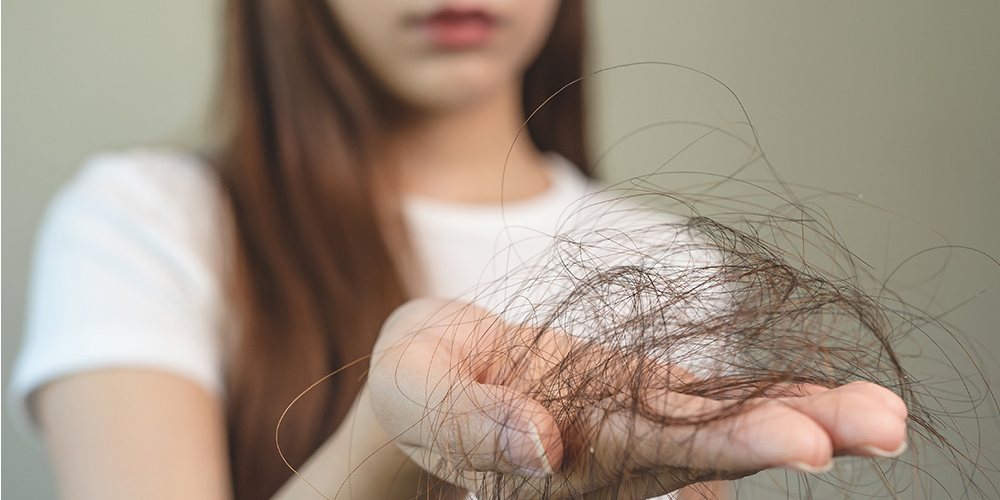
6. Medical Treatments and Stress-Induced Hair Loss
Medical treatments and chronic stress can also contribute to hair loss in women, impacting both the hair growth cycle and overall wellbeing. Recognizing potential triggers and methods for managing stress can aid in mitigating hair loss.
6.1. Chemotherapy and Radiation Therapy
For women undergoing cancer treatments, such as chemotherapy and radiation therapy, hair loss can become an unfortunate side effect. Chemotherapy drugs target rapidly dividing cells, which indiscriminately includes hair follicles, leading to temporary shedding.
Many women find themselves grappling with the emotional fallout of losing their hair during treatment. Support systems and counseling can help address these feelings, and numerous options exist for managing hair loss, including wigs and headscarves. Once treatment concludes, many women experience regrowth, although the texture and appearance may differ.
6.2. Chronic Stress
Stress has a profound impact on the body, and hair health is no exception. Chronic stress triggers the release of hormones that can push hair follicles into the Telogen phase prematurely, resulting in excessive shedding.
Addressing stress through mindfulness and relaxation techniques can be transformative for overall health. Activities such as yoga, meditation, and journaling allow individuals to confront and manage stress effectively. Building a strong support network and prioritizing self-care can lead to positive changes in both mental health and hair vitality.
7. Other Contributing Factors to Hair Loss
Hair loss in females can also arise from various medications, medical conditions, and lifestyle choices. Identifying these factors and understanding their influence on hair health can inform a comprehensive approach to treatment.
7.1. Medications
Certain medications can contribute to hair loss as a side effect. Common offenders include blood thinners, antidepressants, and birth control pills. While not all individuals will experience hair loss from these medications, it’s essential to weigh the benefits against potential risks when discussing treatment options with a healthcare provider.
If you suspect that a medication may be impacting your hair health, it’s advisable to consult your doctor for alternative solutions or additional assessments. Open communication can lead to tailored approaches that minimize the risk of hair loss.
7.2. Underlying Medical Conditions
Chronic diseases, such as diabetes, thyroid disorders, and kidney disease, can also influence hair loss. Diabetes, for instance, can cause changes in blood flow and lead to poor circulation to hair follicles, while thyroid disorders create hormonal imbalances that disrupt the growth cycle.
Regular check-ups and blood tests can identify underlying medical conditions that may contribute to hair loss. Early intervention can yield significant improvements in hair health and overall well-being.
7.3. Lifestyle Choices
Lifestyle choices including diet, smoking, and hairstyling practices can also significantly influence hair health. Engaging in a balanced diet rich in vitamins and minerals supports hair vitality, while avoiding smoking fosters better circulation and overall health.
Additionally, minimizing exposure to harsh chemicals and heat treatments can preserve hair integrity. Education on proper hair care techniques can empower women to enhance their hair's resilience and appearance.
Conclusion
Hair loss in females is a complex phenomenon influenced by a multitude of factors, ranging from hormonal imbalances to nutritional deficiencies, autoimmune disorders, and stress. Understanding the underlying medical conditions that contribute to hair loss is imperative for identifying effective treatments and reclaiming confidence.
For women experiencing hair loss, consulting with healthcare professionals can provide insights into personalized management strategies. Knowing that there are therapies, support systems, and lifestyle changes available can facilitate a path toward hair recovery and emotional healing. Ultimately, embracing self-care and fostering a supportive environment can empower women to navigate their hair loss journey with resilience and grace.
LATEST POSTS

